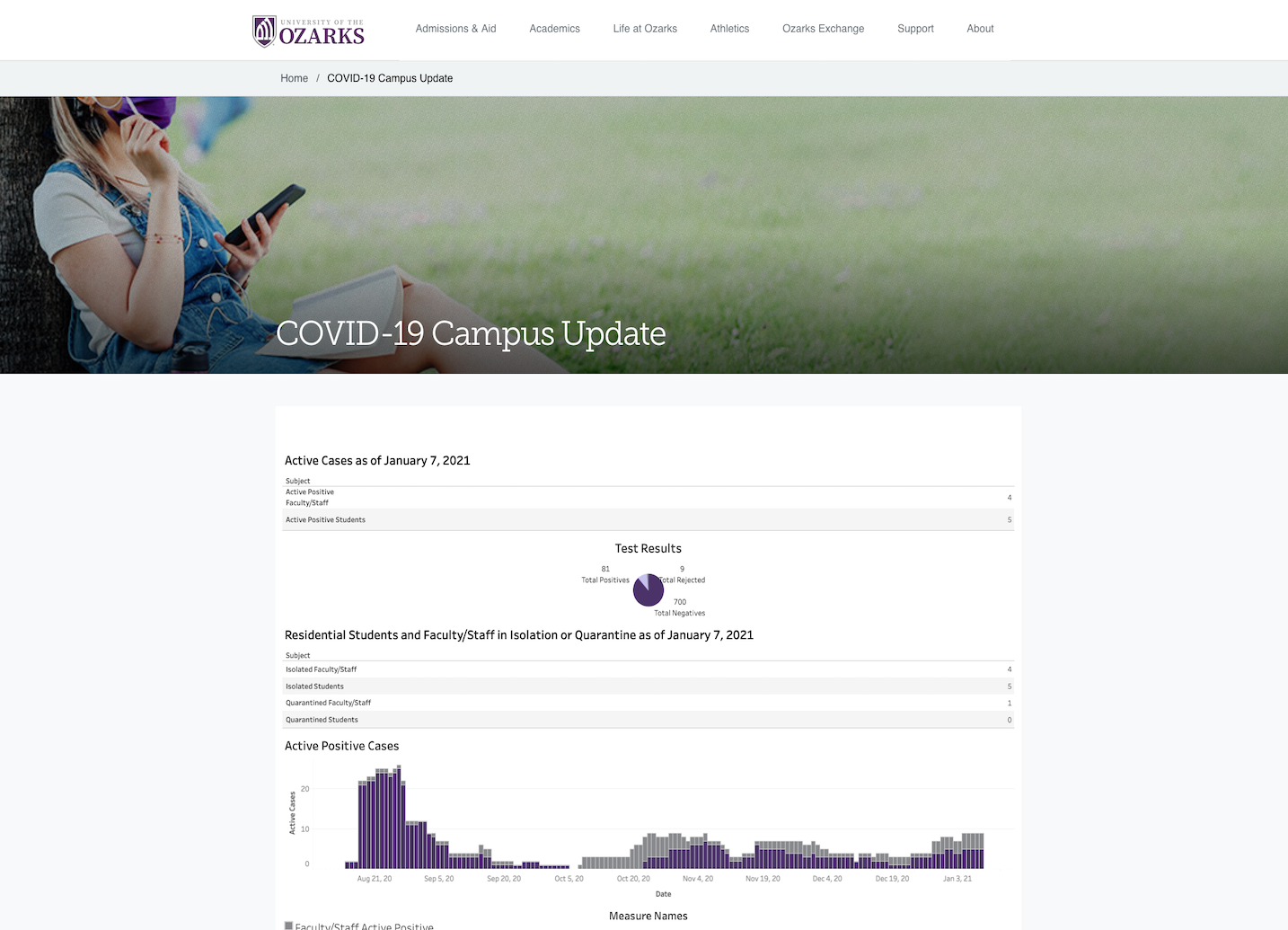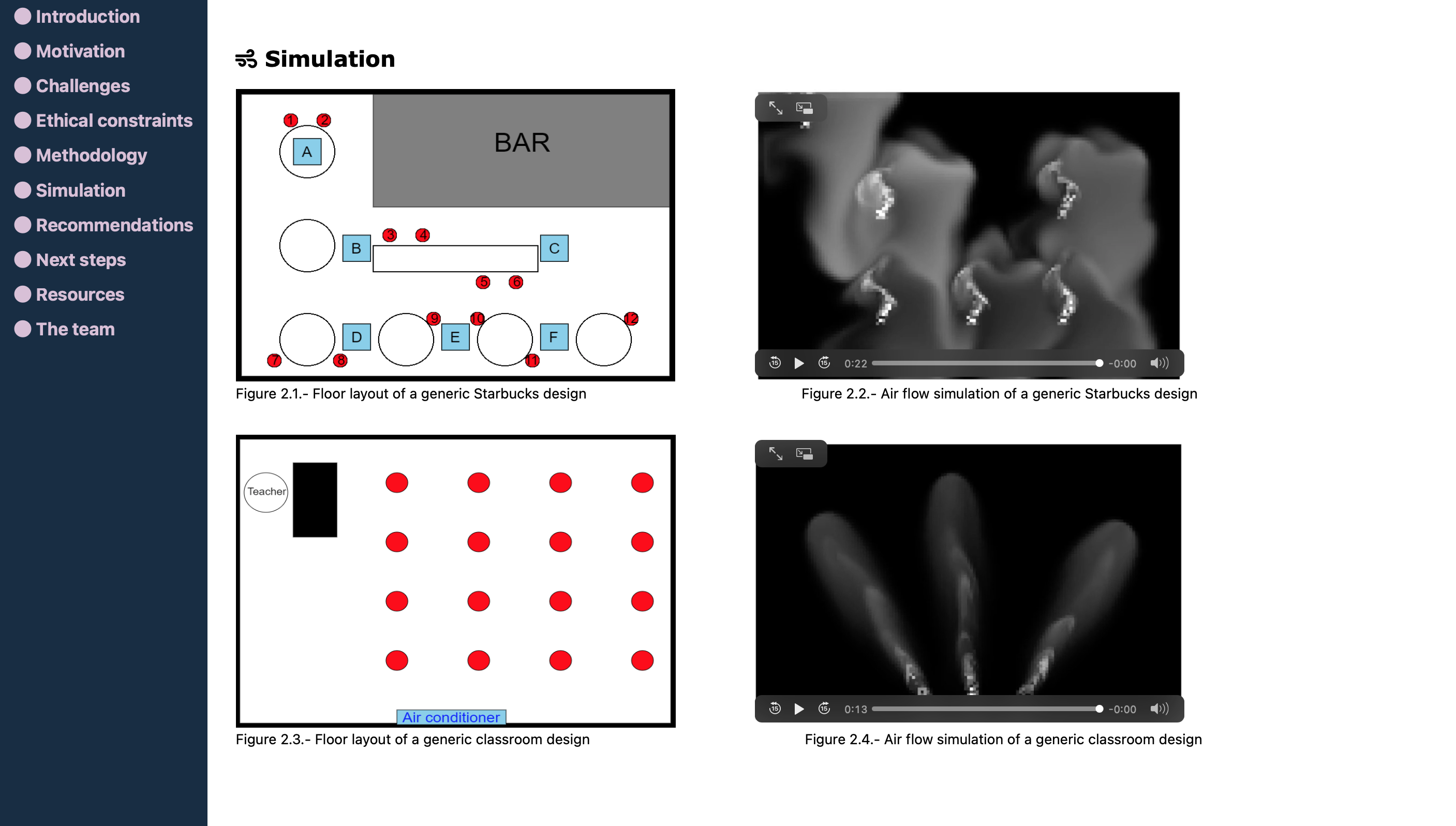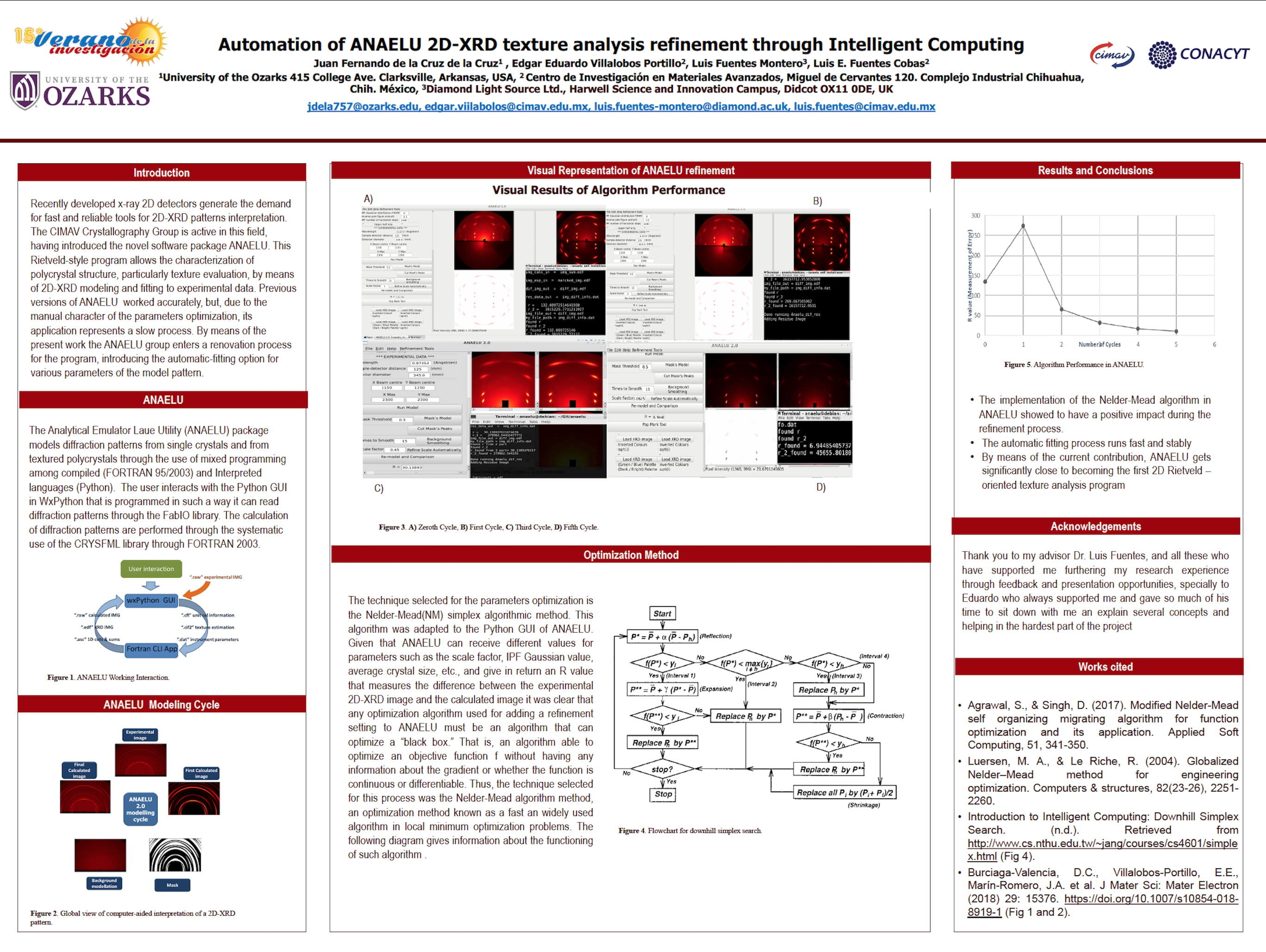Featured Projects

COVID-19 Dashboard
I developed data dashboards and visualizations to support decision-making for COVID-19 surveillance, outbreak management, and response activities at the University of the Ozarks. The dashboards integrate raw data from Salesforce, extracted via API, as well as data from the Johns Hopkins University COVID-19 data repository and the Arkansas Department of Health, providing insights into the situation at the county and state levels. Python was used to perform data analysis, data mining, web scraping, and metric calculations to populate each field of the dashboards.
WEBSITE ARTICLE
FlowChecked
FlowChecked aims to be the first step toward an airflow simulation designed to predict the propagation of airborne viruses in enclosed spaces. The simulation was developed using the Navier-Stokes equation and the finite difference method. The primary goal of this project is to raise awareness and help prevent new coronavirus transmissions by highlighting the risks associated with indoor activities. The project also suggests safer layout configurations and air conditioning system designs to reduce the risk of infection in these spaces. Additionally, various layouts were created to simulate the spread of the virus across different scenarios.
WEBSITE GITHUB
Pink Code
The project involves a convolutional neural network (CNN) written in Python that analyzes a dataset of mammography scans from breast cancer patients. After training the CNN on numerous mammograms, the model can quickly identify the density of masses and determine whether the type of breast cancer is benign or malignant. Currently, the CNN's accuracy is approaching 93%.
WEBSITE GITHUB
Sentiment and Geospatial Analysis of COVID-19 Tweets
In this entry for the CdeCMX Challenge, which tackles various coding challenges across different areas of expertise, we developed methods for analyzing COVID-19 data through tweets and case statistics by municipality in Mexico. Below are our visualizations and results.
WEBSITE GITHUB
ANAELU
Recently developed 2D X-ray detectors have created a demand for fast and reliable tools to interpret 2D-XRD patterns. The CIMAV Crystallography Group is actively addressing this need with the introduction of ANAELU, a novel software package. This Rietveld-style program enables the characterization of polycrystal structures, particularly texture evaluation, through 2D-XRD modeling and fitting to experimental data. While previous versions of ANAELU were accurate, the manual nature of parameter optimization made the process slow. The current work marks a significant update for ANAELU, introducing an automatic-fitting option for various model parameters, thereby improving efficiency.
POSTERLanguages

My favorite languages for scientific computing, data science, and mathematical modeling.
Front-End
My preferred technologies for front-end web development and component design.
Back-End
My preferred technologies for back-end web programming and database architecture.
Tools
My favorite tools for version control, machine learning support, and container orchestration.